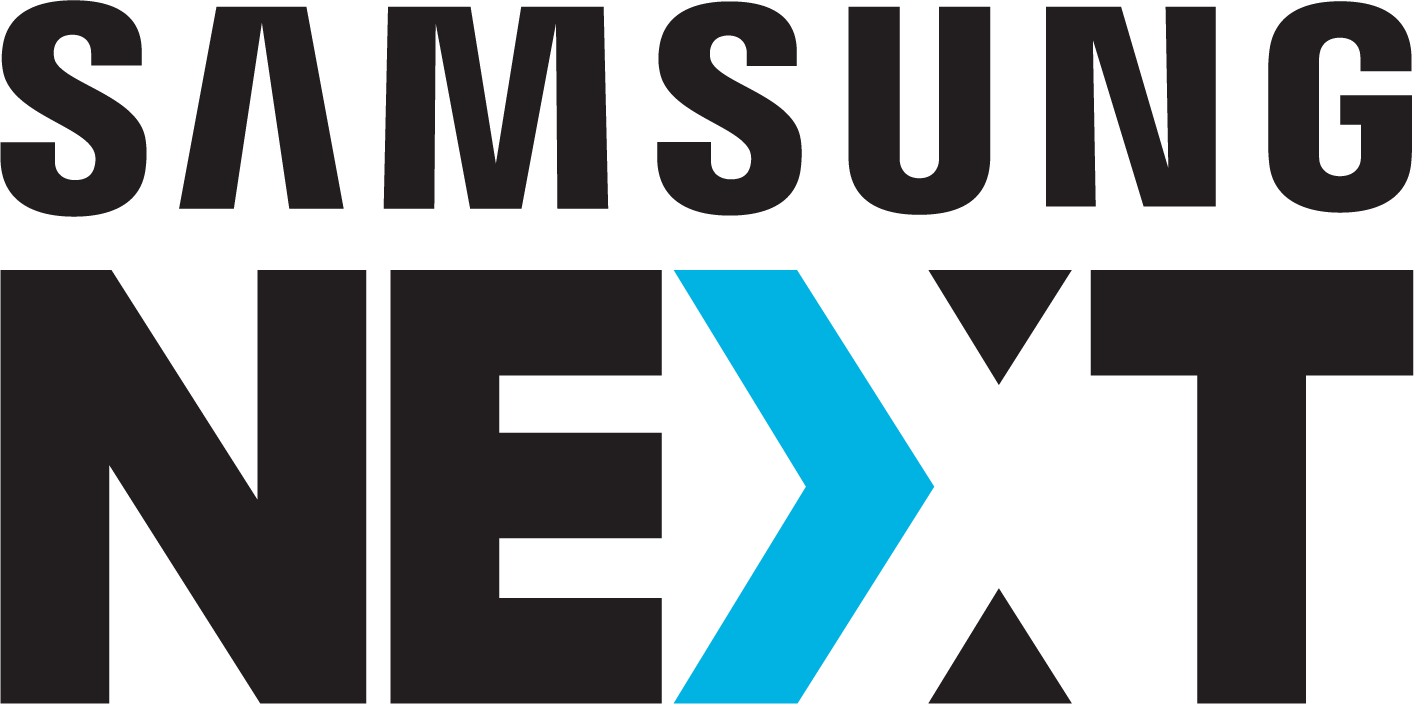Driving innovation through diversity and inclusion
Increasing diversity in the workplace has long been treated as an internal effort to solve primarily for representation and optics. What has been under-appreciated is the power of diversity and inclusion (D&I) to drive innovation both inside and outside of organizations, fueling the culture change required for transformational results, particularly in an industry like venture capital.
The Oxford English Dictionary defines innovation as “the action or process of making changes in something established, especially by introducing new methods, ideas, or products.” Fundamentally, diversity and inclusion work is about changing established systems—about challenging the status quo with a new vision, set of beliefs, and transformational outcomes. Specifically, diversity asks that we build robust communities bringing a wealth of perspective forward; inclusion requires that we hear those perspectives, not just valuing their contribution to the work but adopting them into practice. At its core, D&I is innovation, and while venture capital is built to invest in innovation, the industry is failing in fully embracing D&I to improve the business landscape. But the opportunity to catalyze is ripe.
Changing culture in ventures to embrace D&I
Data shows that only about 10 percent of women are decision-makers at venture firms, and according to a recent survey, only 25 percent of investors are people of color. As ventures is an industry based on networks, this translates into a severely homogenous founder landscape. Last year, only 4 percent of venture dollars were invested in women-only founded startups, and it’s estimated that over three-quarters of venture-backed founders are white. This perpetuates a cycle of exclusivity that literally blocks innovation as we limit the boundless talent and ideas that would be present from a diverse ecosystem.
When we then look at the actual investments being made in the industry, they are restricted by the values of those building it. Studies show that when investors encounter companies founded by women or people of color, they are less likely to educate themselves or take the risk, neglecting communities that represent the fastest-growing groups of entrepreneurs and forgoing massive business opportunities. This of course leads to deficiencies and, frankly, failures in the eventual products and solutions that come to fruition. We see this in apps that seek to track key health metrics but leave out trackers for women’s menstrual cycles, or in image labeling technology that grossly mislabels photos of Black people. Without diverse voices leading and creating, ideas are gravely restrained.
Instead, D&I challenges us to build anew and as a reflection of all of the richness of society. With a focus on D&I, we ensure we unlock the potential of all communities, broadening the collective of ideas and solutions that can impact the world. Reaping the full benefits of diversity and inclusion means we understand that the work is about more than just getting people through the door. While representation is critical, it is not enough. We have to then be willing to adopt the philosophies and behaviors that new individuals bring into a community. People of color, women, LGBTQ+ people, immigrants—they are individuals who have different ways of thinking, leading, and seeing the world. They bring precisely the type of perspectives that lead to powerful results—results which are currently capped in ventures because of a network game that favors the privileged few.
In many ways venture capital meets its reputation as highly competitive, opaque in its decision-making, and difficult to access. It is a space that sometimes, in and of itself, feels antithetical to the heart of D&I. This is why fully embracing D&I as innovation will require substantial culture change in the industry—a willingness to acknowledge and challenge our biases, take new risks, and break free from the traditional methods and into unfamiliar territory. Introspection, boldness, and exploration are literally the characteristics we ask of and praise in both founders and investors. When we resist deploying those same characteristics in diversity and inclusion, we’re only getting in our own way. As investors, we have a responsibility to build D&I practice within the industry and also support building D&I foundationally within the startup community.
What we’re doing at Next
We know there is a lot of work to be done and that it starts with ourselves. This is why here at Next we take a holistic approach, inside and out, to our D&I work and are building around three core pillars:
1. We're driving internal change by challenging our own blindspots to build the teams, products and services that reflect our commitment to D&I,
2. We’re driving an industry-wide shift by partnering with like-minded organizations and providing tools and resources to a global audience to drive our collective vision forward, and
3. Lastly, we’re investing in underrepresented founders in their pursuit to build ambitious software and services, and investing in the startups designing solutions for underserved communities.
We understand that our efforts will only be as strong as the diverse and inclusive ventures ecosystem we build. As investors, it is our responsibility to deploy capital to startups; it is also our obligation to ensure that we are meeting those startups where they are. It is for this reason that we have adapted our initiatives to an open source D&I Resources for Startups that serves as a playbook for any founder, serving any audience, and building any solution to establish foundational D&I habits, recruiting and hiring practices, and inclusive culture-building techniques. It is also why our Diverse Founders Initiative is committed to providing equal access and opportunity to capital and expertise to all innovators in the world.
We are so hopeful about all that D&I can do to transform ventures and know that getting this right means coalition-building with others. Let us know how we can work together.

